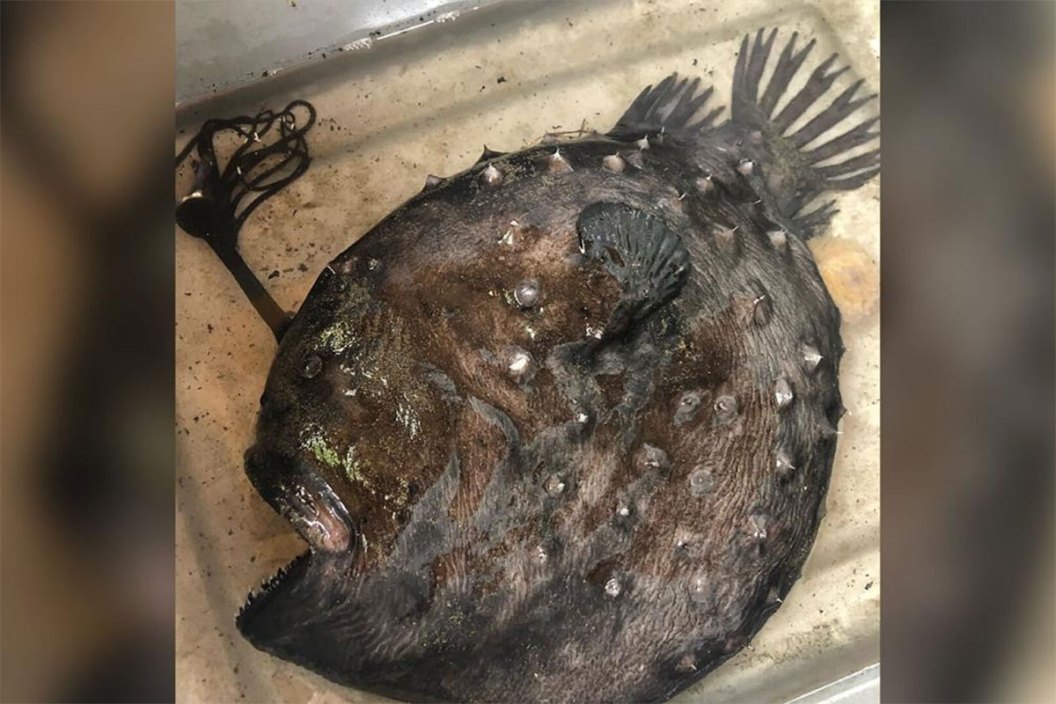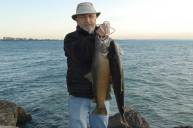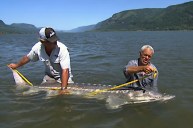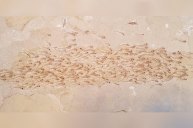This creepy-looking angler fish species died and washed ashore in Crystal Cove State Park.
One of the oddest fish to show up on an American beach in a long time washed ashore in the Marine Protected Area of California's Crystal Cove State Park last week.
It's unknown how or why the rarely-seen fish ended up on the Orange County beach. It can be seen in photos with a gaping mouth full of razor sharp teeth.
Officials with the California State Parks System shared photos and info of the find on Facebook, and say they believe it is a species of angler fish known as the Pacific footballfish.
The presence of a "long stalk on the head with bioluminescent tips" indicates it's a female. The appendage is used as a lure for prey, and the bioluminescent tips shine in the pitch black depths of up to 3,000 feet, where Pacific footballfish spend their lives.
A local ABC affiliate reported that the body is in possession of the California Department of Fish & Wildlife and will likely wind up with a "research or educational organization."
This individual measured around 18 inches long, but female football fish can reach 24 inches. Males, on the other hand, only grow to about an inch and their sole purpose in life is to aid females in reproduction. "Males latch onto the female with their teeth and become "sexual parasites," eventually coalescing with the female until nothing is left of their form but their testes," the Facebook post read.
The Pacific footballfish is one of around 300 species of anglerfish found worldwide.
"Seeing this strange and fascinating fish is a testament to the diversity of marine life lurking below the water's surface," the Crystal Cove State Park post explained, "and as scientists continue to learn more about these deep sea creatures it's important to reflect on how much is still to be learned from our wonderful ocean."
NEXT: 3.8 MILLION FISH KILLED, OTHER WILDLIFE SPECIES AFFECTED IN HISTORIC TEXAS WINTER BLAST
WATCH





